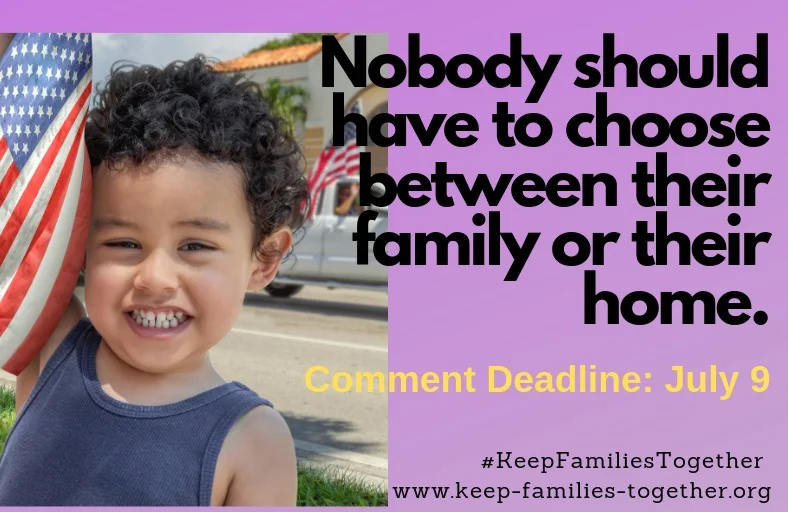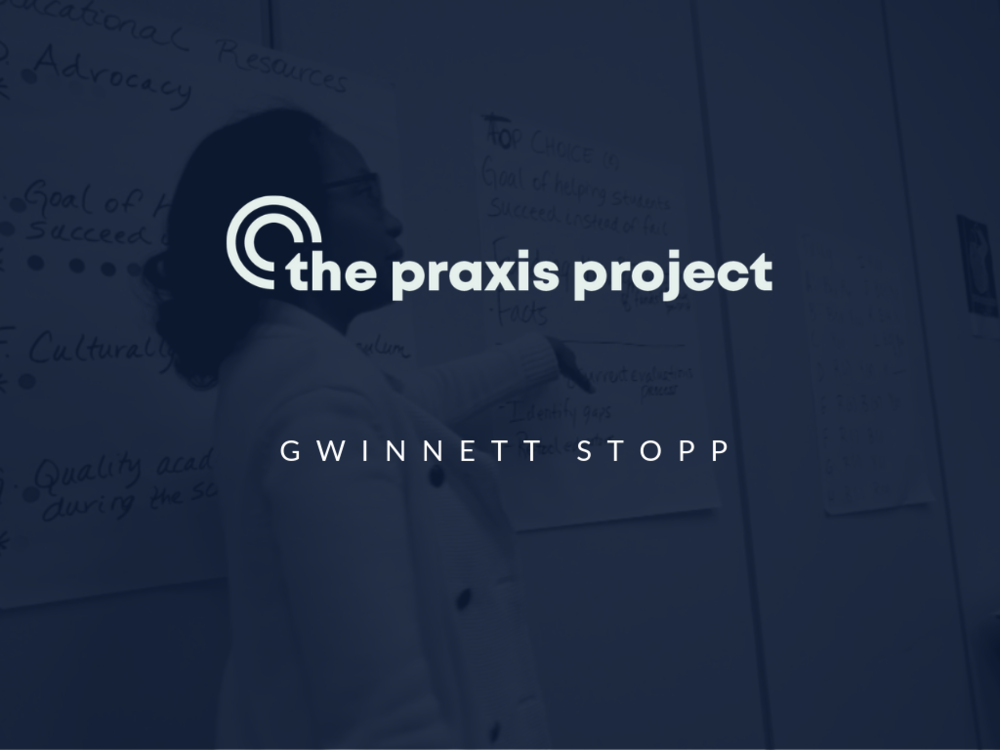Education System
A just education system provides equitable access to high quality education and literacy development for learners of all ages and backgrounds. Educational equity prioritizes systems and programs that are responsive to the priorities and needs of learners as defined by learners. It values how race and identity provide critical context for authentically portraying strengths of learners, and fosters institutions that value their contributions to campus.
Educational attainment (e.g., years of schooling or number of degrees obtained) increases health knowledge, literacy, coping, and problem-solving skills, thereby influencing health behavior, life expectancy, and even risk for chronic conditions.[1] The effect is even intergenerational, meaning that the education of parents is linked to their children’s health and well-being.[2] These benefits, however, differ based on race.[3] Student health also affects performance, as students who have unmanaged health conditions or live in conditions that contribute to hunger or chronic stress may have trouble performing in school.
Grassroots network partners are working towards education justice by leading efforts to end the school to prison pipeline and investing in transformative justice efforts to replace harmful school policies. Organizers advocate for their communities’ priorities by promoting access to mental health services and advocating for school bullying reform. Efforts across the nation are underway to close opportunity disparities between schools and advocate for access to quality, culturally-relevant and affirming education in their communities.
DISPARITIES AND STATISTICS
Race and Ethnicity:
While 88% of white students graduate from high school on time, that number falls to 79% for Hispanics, and 76% among African Americans.[4] Disparities in these achievements can be attributed to income segregation by race between school districts,[5] and differential treatment of students stemming from racism.[6] Students attending high schools that have substantial shares of Black or Hispanic students attend schools with a police officer at higher rates than students attending schools with few Black and Hispanic students.[7]
Identity:
LGBTQ students are at higher risk of school policing than general student population and are overrepresented in both school disciplinary incidents and in the juvenile justice system - and those risks are even greater for Black, Native American, and Latinx LGBTQ youth as well as differently abled LGBTQ students.[8]
Socioeconomic Status:
Education shapes employment opportunities and related benefits, such as income. However, income segregation between school districts creates inequality in the economic and social resources available in school contexts. Income segregation creates affluent districts for high-income students while changing the contexts of low-income students negligibly. The spatial inequalities created by income segregation between school districts contribute to achievement gaps.[9]
COMMUNITIES OF PRAXIS POLICIES
Community organizers across the nation are advocating for policy, system, environment, and practice changes that address the root causes of health inequities across the social determinants of health. Every year Praxis invites our Communities of Praxis members to share some of their top organizing or advocacy campaigns in their own communities through out annual survey.This video features AYPAL, a leadership development, community organizing and coalition building organization hat seeks to create healthy, safe, and thriving communities. AYPAL empowers Oakland, CA's low-income Asian & Pacific Islander immigrant and refugee families and youth.
In this video, CPA youth organizer, Lai Wa Lu, talks about the impact that the Our Healing in Our Hands has had on Asian American youth to not only empower youth, but to build youth power and create authentic intergenerational infrastructure for health and justice.
This video features Miami Children's Initiative (MCI), an organization working in the Liberty City, FL community. MCI has organized a monthly fresh food co-op, providing their families and residents with a box containing over $50 worth of produce... for only $5. Watch this video to see how MCI is promoting food justice and working towards health equity for their neighborhood.
This video features La Union del Pueblo Entero - LUPE, an organization removing barriers to health care and helping provide vision exams for entire communities using their Mobile Health Clinics, through partnerships with local healthcare organizations.
This video features Gwinnett SToPP, an organization working to dismantle the school-to-prison pipeline through shifting state and national policy as through parent and student advocacy and activism.













































